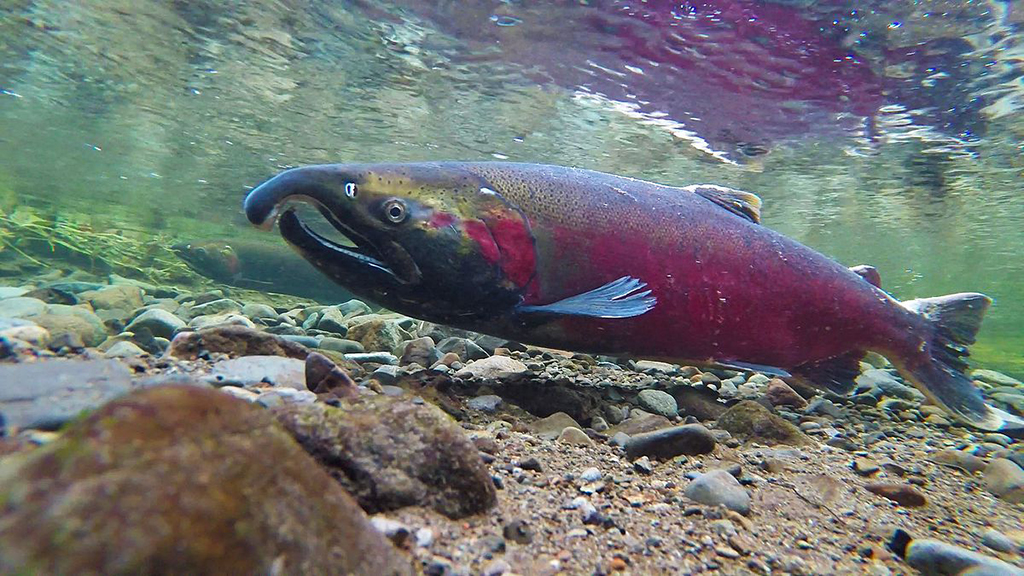Transforming Science Learning: Secondary Educators - Using the NSTA Sensemaking Tool to Evaluate Lessons for Sensemaking, October 16, 2024
Secondary educators, join us to learn how to recognize the critical aspects of sensemaking in a science lesson.
The NSTA Sensemaking Tool (adapted from the research-based NGSS Lesson Screener) is designed to help educators be critical consumers of curricular materials as well as create and/or revise science lessons to reflect the instructional shifts required by new standards (sensemaking). Join us to gain experience using the tool and facilitating criteria-based consensus conversations with colleagues.
Secondary educators, join us to learn how to recognize the critical aspects of sensemaking in a science lesson.
The NSTA Sensemaking Tool (adapted from the research-based NGSS Lesson Screener) is designed to help educators be critical consumers of curricular materials as well as create and/or revise science lessons to reflect the instructional shifts required by new standards (sensemaking). Join us to gain experience using the tool and facilitating criteria-based consensus conversations with colleagues.
Secondary educators, join us to learn how to recognize the critical aspects of sensemaking in a science lesson.
The NSTA Sensemaking Tool (adapted from the research-based NGSS Lesson Screener) is designed to help educators be critical consumers of curricular materials as well as create and/or revise science lessons to reflect the instructional shifts required by new standards (sensemaking). Join us to gain experience using the tool and facilitating criteria-based consensus conversations with colleagues.
Secondary educators, join us to learn how to recognize the critical aspects of sensemaking in a science lesson.
The NSTA Sensemaking Tool (adapted from the research-based NGSS Lesson Screener) is designed to help educators be critical consumers of curricular materials as well as create and/or revise science lessons to reflect the instructional shifts required by new standards (sensemaking). Join us to gain experience using the tool and facilitating criteria-based consensus conversations with colleagues.
Secondary educators, join us to learn how to recognize the critical aspects of sensemaking in a science lesson.
The NSTA Sensemaking Tool (adapted from the research-based NGSS Lesson Screener) is designed to help educators be critical consumers of curricular materials as well as create and/or revise science lessons to reflect the instructional shifts required by new standards (sensemaking). Join us to gain experience using the tool and facilitating criteria-based consensus conversations with colleagues.







